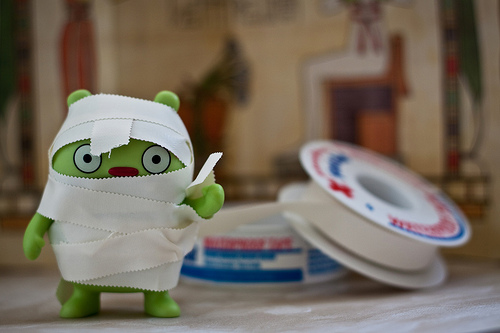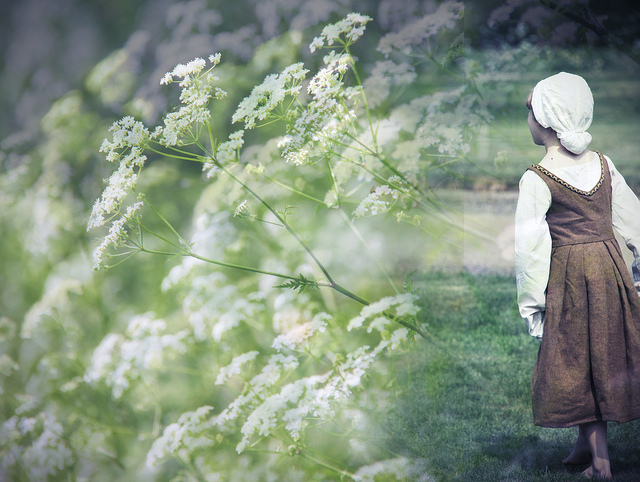Pokemon cards, Moshi monsters, jelly stickers, friendship bracelets – at some point over the last few years my kids have swapped all these things. And in return they get good stuff back.
Wouldn’t it be great if you could go into a shop and, even if you had no money, you could still swap something you had for something you want?
In communities all over the world, people are doing just that. Or something very like it.
Local Exchange Trading Schemes or LETS for short, enable people who live near each other to swap their skills and receive goods and services without having to pay a penny.





